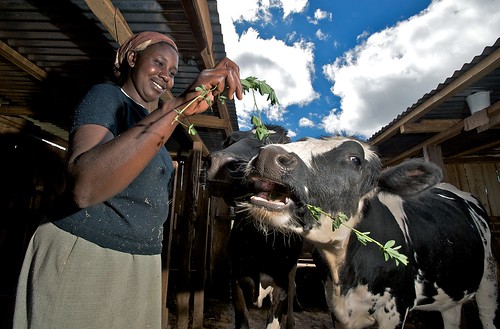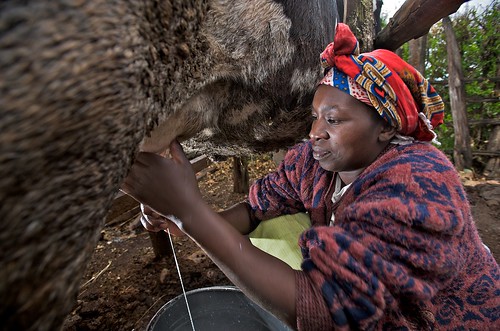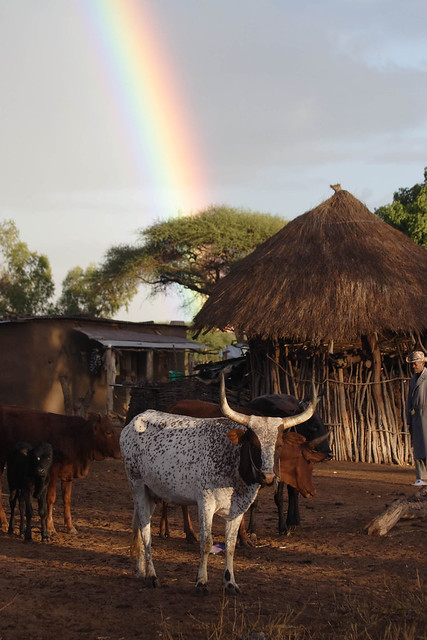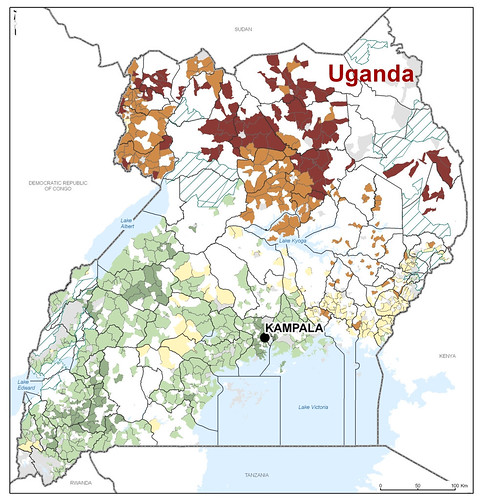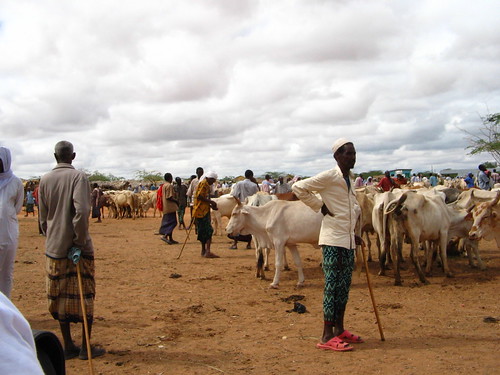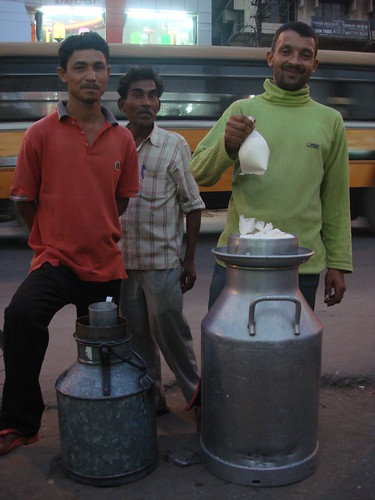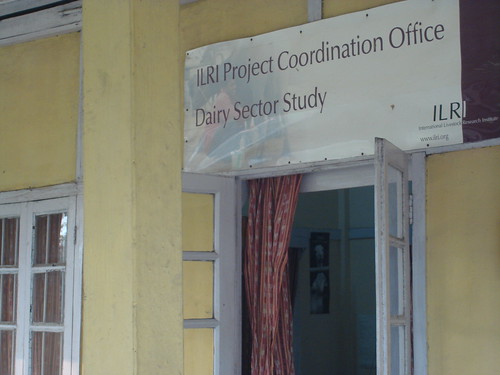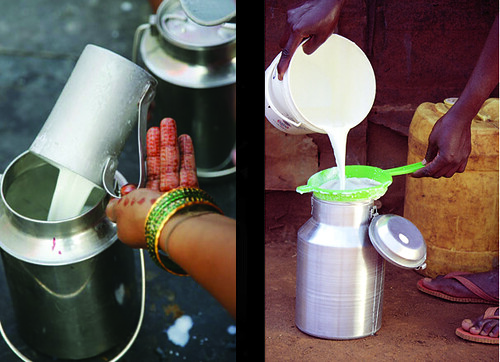 The Hon. Wondirad Mandefro, Ethiopian State Minister of Agriculture, today delivered a strong opening address at an international workshop being held in the Ethiopian capital, Addis Ababa, this week.
The Hon. Wondirad Mandefro, Ethiopian State Minister of Agriculture, today delivered a strong opening address at an international workshop being held in the Ethiopian capital, Addis Ababa, this week.
The workshop, ‘Gender and Market-oriented Agriculture: From Research to Practice’, is being organized and hosted by the International Livestock Research Institute (ILRI), which for several years has been implementing a project of the Ethiopian Government on ‘Improving Productivity and Market Success of Ethiopian Farmers’.
The state minister made the following points.
- Despite having made rapid progress over the last decade, Ethiopia was ranked 157th out of 168 countries in the Human Development Index prepared in 2010 by the United Nations Development Program.
- Among Ethiopia’s urgent needs is the need to enhance the quality of life of its women, particularly the 85% of Ethiopian women who live in rural areas.
- In the countryside, peasant farming is the main livelihood and it requires heavy labour that exacts a heavy physical toll on both women and children.
- Only 34% of Ethiopian women have attended primary school; only 28% have any post-secondary education.
- Only 8% of the seats in the Ethiopian Parliament are held by women.
- Ethiopian women earn incomes (average of US$516) that are just half that of Ethiopian men (US$1008).
- Ethiopia’s national targets for gender equality in agriculture, first set in 1993 in a National Policy on Women, are not yet met, due largely to women’s low education levels, low involvement in household and community decision-making, and low rewards accruing from the country’s agricultural and economic development.
- Women’s access to markets is particularly constrained in Ethiopia, indicating that redressing the gender imbalance in the country’s market-oriented agriculture will yield high returns.
- By removing the constraints Ethiopian women face in both education and the labour market, it is estimated that the country could add almost 2 percentage points to growth of its gross domestic product every year between 2005 and 2030.
- If we consider in addition the effects of a ‘gender-equal’ agriculture on national growth, the expected economic benefits of including women in development strategies become huge.
For these reasons, the Ethiopian Government has instituted an Agricultural Growth Program that is focusing on increasing the involvement of women and youth in projects to increase agricultural productivity and market access for key crops and livestock in selected woredas (districts) in the country.
A project, ‘Improving Productivity and Market Success of Ethiopian Farmers’ (IPMS), implemented by ILRI on behalf of the Ethiopian Ministry of Agriculture and funded by the Canadian International Development Agency, has led to several successes, such as doubling the income of women fattening sheep in Goma, benefiting women dairy and honey farmers in Ada’a, helping women in Dale start an initiative that is supplying pullets for semi-commercial poultry producers, and increasing the levels of butter production and sales by supporting women with livestock fodder interventions.
The lessons, strategies and approaches raised at this workshop, and an understanding of what makes them effective in the Ethiopian context, should be immensely helpful to us in designing strategies to scale them out for the agricultural transformation to which the Ethiopian government and people are firmly committed.
Find the whole speech by the minister on ILRI Gender and Agriculture Blog.
Follow discussions on this and related topics at a workshop being held this week on ILRI’s campus in Addis Ababa, Ethiopia, on this main ILRI News Blog, on ILRI’s Gender and Agriculture Blog, or by searching for ‘AgriGender2011’ on social media websites such as Twitter (quotable quotes), Facebook (blog posts), SlideShare (slide presentations), Flickr (conference and other photographs) and Blip.tv (filmed interviews).
Read a full 68-page research report: Opportunities for promoting gender equality in rural Ethiopia through the commercialization of agriculture, IPMS Working Paper 18, ILRI 2010.
Read a 13-page general brief from which these recommendations were extracted: Empowering women through value chain development: Good practices and lessons from IPMS experiences, January 2011.

